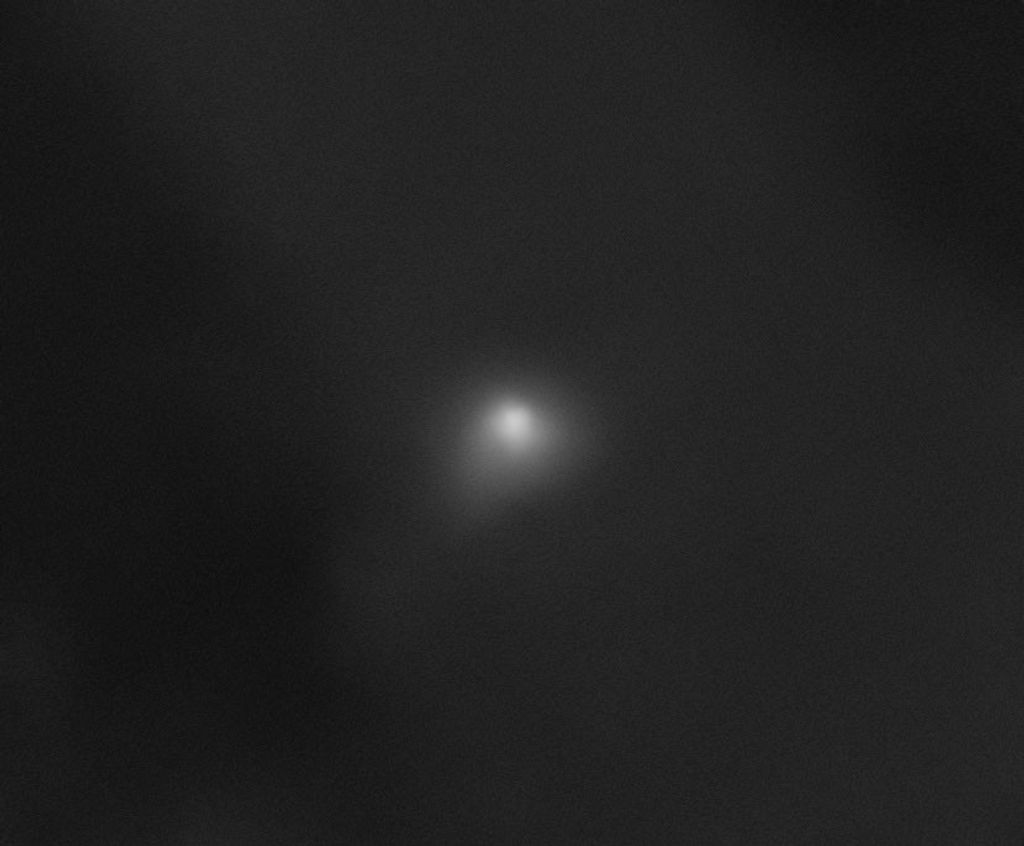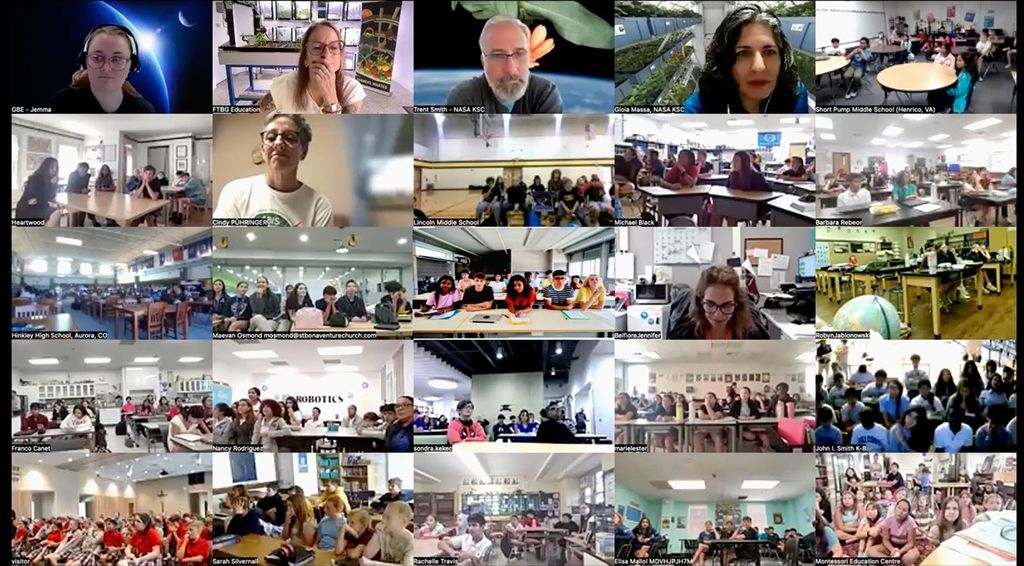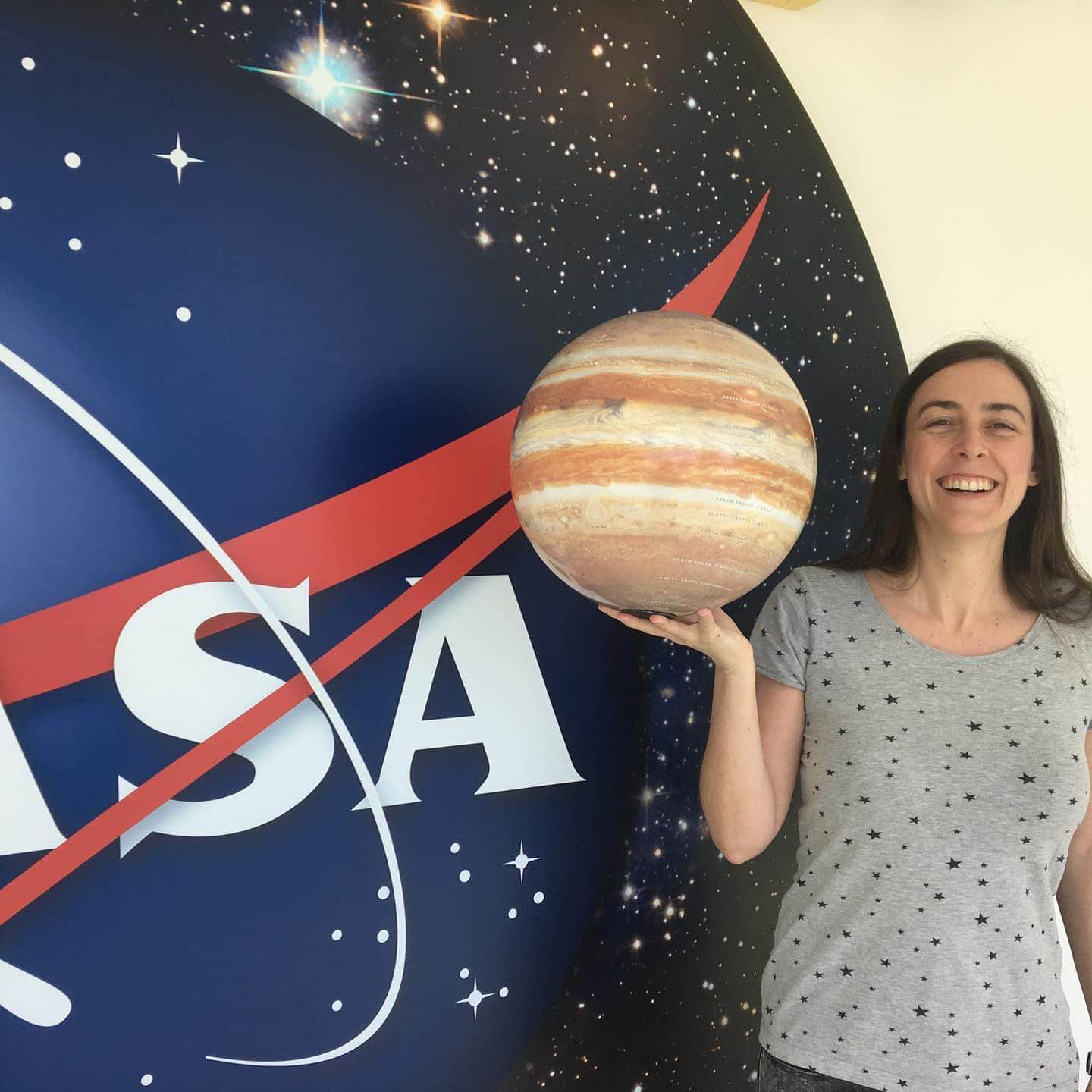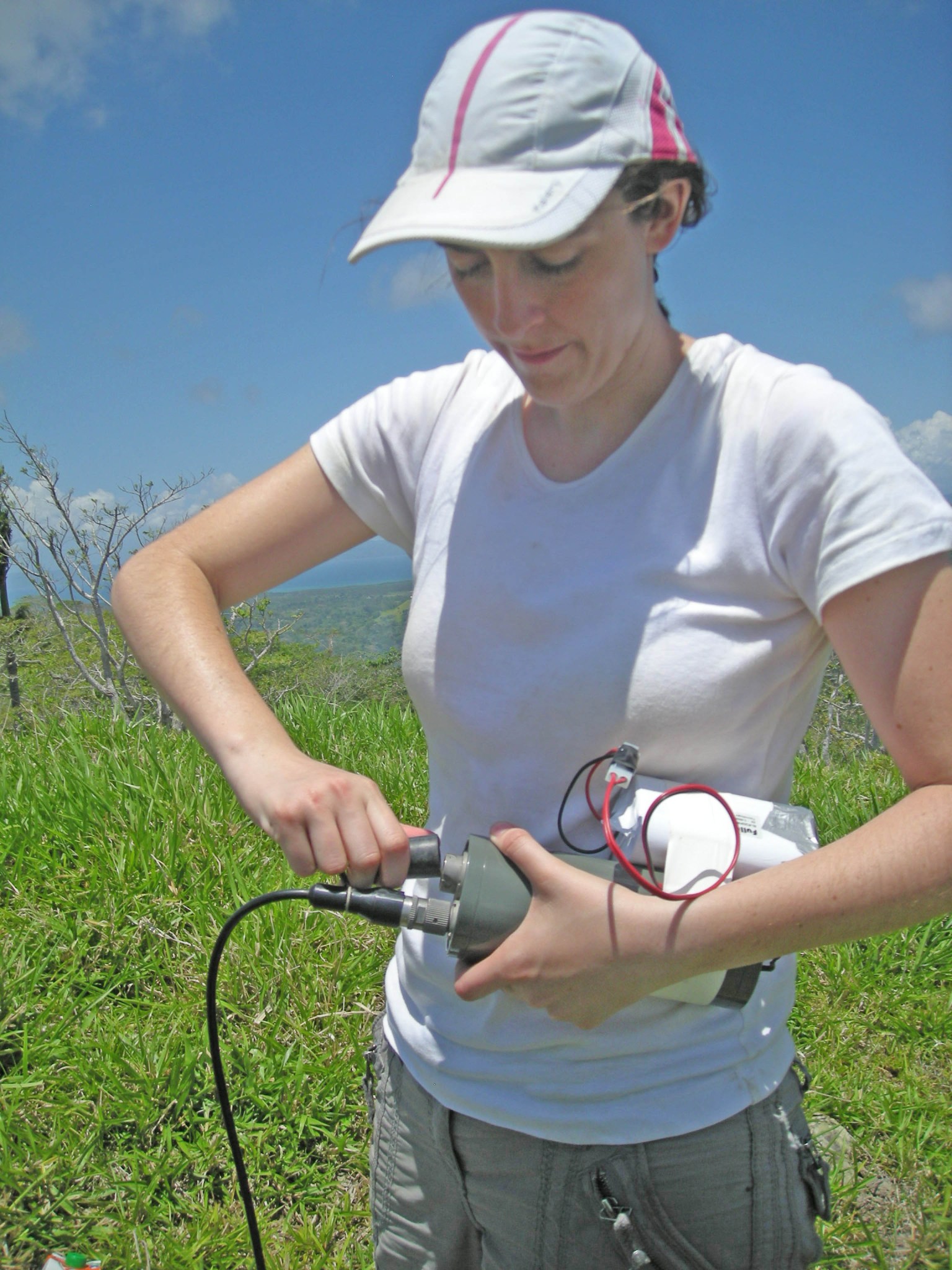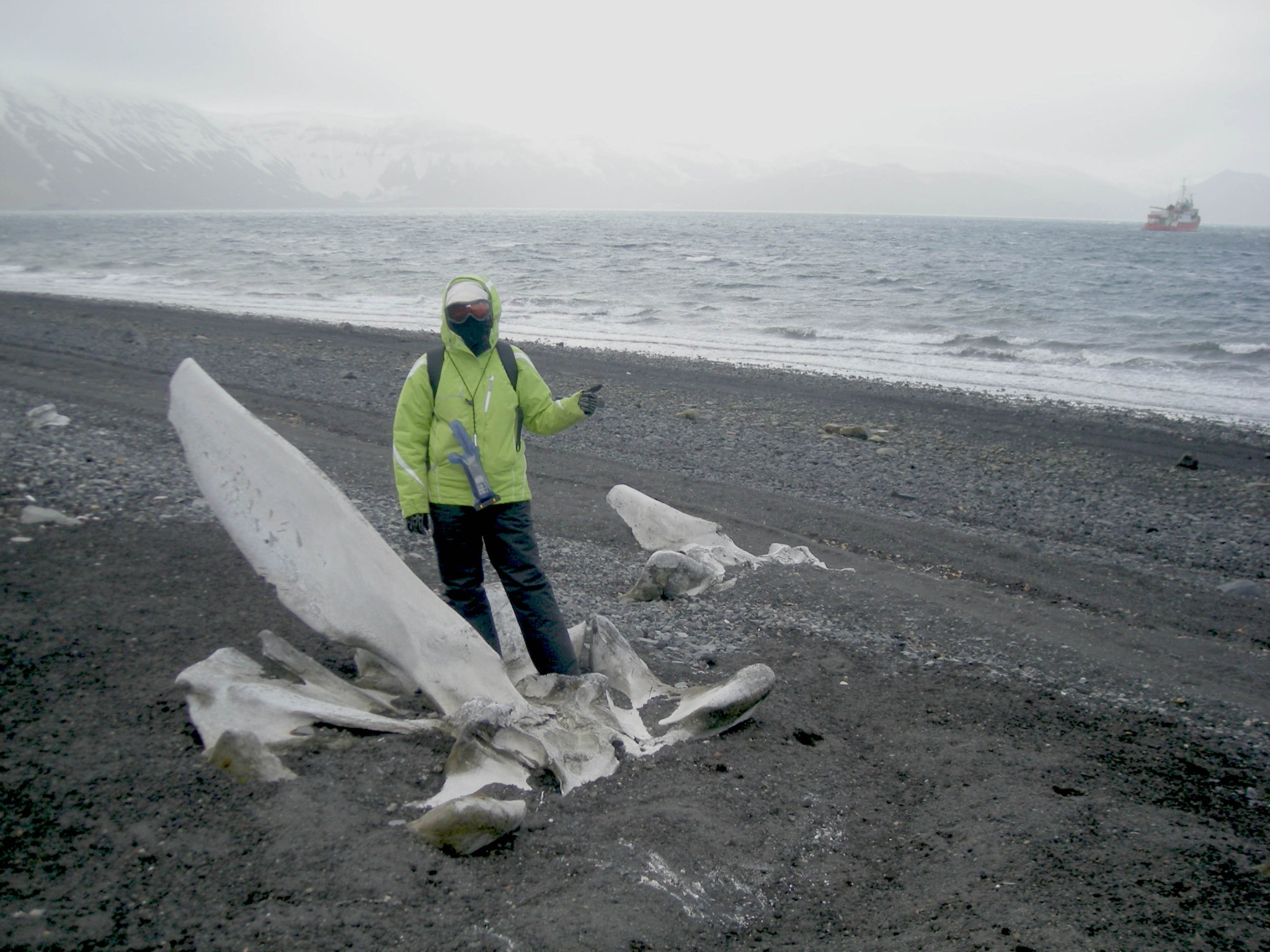Name: Dr. Yasmina M. Martos
Formal Job Classification: Assistant Research Scientist
Organization: Planetary Magnetosphere Laboratory at NASA Goddard Space Flight Center/ Department of Astronomy, University of Maryland, College Park
What is your job and what is the most interesting part of your role at NASA?
I have, as I like to call it, a scientific “double life”: one on Earth and one in space. On Earth I mainly focus on the polar zones, on Antarctica — I have been working on it for many years and I’ve continued doing work on it since I started at NASA, about three years ago. I also work on issues related to the magnetosphere (the region around a planet that serves as a shield against the Sun’s particles), primarily Jupiter’s magnetosphere, with the Juno mission. What both scientific lives have in common is that in both cases I study the magnetic field. On Earth, the magnetic field provides insights about what lies beneath the surface. On Jupiter, on one hand I work with data from the Juno magnetometer instrument. On the other hand, I try to understand what the interaction between Jupiter and its moon Io is like, as there are particles that travel between the two.
Which of your two scientific lives do you like the best?
Sometimes people ask me, “Why were you on an expedition on a ship drilling in Antarctica if you work for NASA and, in theory, NASA focuses in space?” And it’s because Earth is a planet of the solar system, just like Jupiter. What I like is understanding our planetary body in general. Earth is the first planet that humans have been able to study. What we learn here we can apply to other planets, or moons, or asteroids.
What keeps your work interesting?
One of the most interesting things, using Juno as an example, is that you are one of the first people on the planet to see data from that part of the universe — that’s a privilege. And when you do expeditions, Antarctica is a remote place: it’s also a privilege to be able to go, you’re usually the first or the second person to have been there.
What ignited the spark? What inspired you to pursue studies related to what you’re doing, where did you complete them, and how did you end up at NASA?
From a very young age, I have been fascinated with the universe and have wanted to understand where I live: on Earth, in the solar system, in the galaxy and in the universe. It was mainly because of my father, who, from when I was very young, showed me the stars or any artificial satellite passing by. He always fed that curiosity and, since I was a child, I wanted to study astrophysics, but I ended up studying physics and I dedicated myself to Earth’s physics and now, to planetary science.
If you could talk to your five-year-old self, how would you explain her what you do?
I would say that I use instruments to measure certain things on Earth or on another planet, to determine what there is under their surface. And with that data, if I am able to, I calculate or estimate how much heat comes out of the Earth. Because the Earth has been releasing heat since it was formed and we are able to calculate what the heat is on each spot on the surface. When that heat is under a polar ice cap, it melts its base. All of this has implications for sea level and climate change. I should also tell her that the Earth, the planet on which we live, has a kind of outer shield that I study, that protects us from the Sun and that some other planets also have it. And that without that shield, even if we don’t see it, we can’t live.
What is the biggest challenge you have faced at work?
One of the biggest challenges was perhaps with Juno, because Juno is very far away, orbiting Jupiter. My team analyzes data that comes directly from its magnetometer. Sometimes we detect anomalies in the data that indicate that there may be something that is not what we expected to receive, and it indicates that there is some physical process that is affecting the data or the positioning of Juno and that must be understood and corrected. But of course, you’re not physically there to see what’s happening and you have to figure out from the data what’s happening to the spacecraft and the measurements. That’s very complicated. For example, the group has detected that every time Juno passes near Jupiter, the ship is affected by the planet’s heat, which deforms some of the equipment. This affects the positioning of data in space and it is important to correct it. This physical process, at the beginning you have no idea what is happening. When you see the data are doing something strange, you know there’s something that doesn’t work like it should, but you don’t know what it is, and finding out and explaining it isn’t easy at all.
If you could organize the ideal mission, where would you go, when would you go, and with whom?
I think a very fun mission that would help us understand the evolution of rocky planetary bodies would be to go to the Galilean moons of Jupiter: Io, Europa, Ganymede, and Callisto, which are different from each other, but are all rocky… Io is full of volcanoes and has a very high profile as well and is constantly erupting. Europa has a supposedly 20-kilometer-thick ice sheet and, underneath it, an ocean, we can compare it with Antarctica, with ice and sub-glacial lakes. Some of these moons also have a magnetic field that is protecting them. Is there life there, or not? I think a mission led by NASA, with a team of international collaborators, would be a success. It’s very complicated, of course, to design a mission that goes to all these planetary bodies, and it would be great if we could launch a rover into each of these planetary bodies.
Of all the expeditions you’ve done, which has been your favorite and why?
This is very difficult to answer because they are all special. If you go to Antarctica on a boat, it’s special because you’re with a number of people 24 hours a day and there’s no contact with the outside world. Those experiences are very good, you get to know yourself, you learn professionally, and you get to know other cultures, other people who end up being your family. Long-term friendships are made. I really like it when I go to Antarctica and go ashore, where I can listen to the silence. It’s the only place on the planet I’ve ever heard silence.
And other expeditions?
In the Dominican Republic, we installed seismic stations for a month and a half, and teamwork was very important. Working in the middle of the jungle is a challenge, and many times you have to think quickly and out of the box in order to do your job. One day I had to borrow a donkey from a family that I found in the countryside, in the middle of nowhere, as I could not access the installation sites with my 4×4 vehicle, because the roads had disappeared due to torrential rains. In these instances, you meet people from the village, people from the countryside, who help you with anything and are exceptional people. Usually what I take away from all these expeditions is that people are wonderful and people are good.
To read this story in Spanish, visit this link: https://ciencia.nasa.gov/yasmina-martos-doble-vida-cientifica
By Laura Ramos Lugo
NASA Goddard Space Flight Center














